Computex's existential crisis: life after Moore's Law
Searching for meaningful innovation

Moore's Law had a good run, but 52 years after Intel co-founder Gordon Moore predicted that the number of transistors on integrated circuits would double every year (later revised to every 18 months), Nvidia's CEO Jensen Huang took to the stage at Computex 2017 to talk about life after Moore's Law.
Despite Intel celebrating half a century of Moore's Law two years ago, many tech firms have been talking about its death for a few years now – and Nvidia has been vocal in the past about us living in a post Moore's Law world.
The idea that the steady technical progress we've seen, with computers and smartphones getting ever more powerful and smaller while our homes become smarter, will now slow down – or even stall – is an alarming one.
As I roamed (and sometimes staggered thanks to the joys of jet lag) the halls of Computex this week, it struck me that many of the tech companies that had descended on Taipei, Taiwan where the event is held, were gripped in an existential crisis, looking for their place in a post-Moore's Law world.
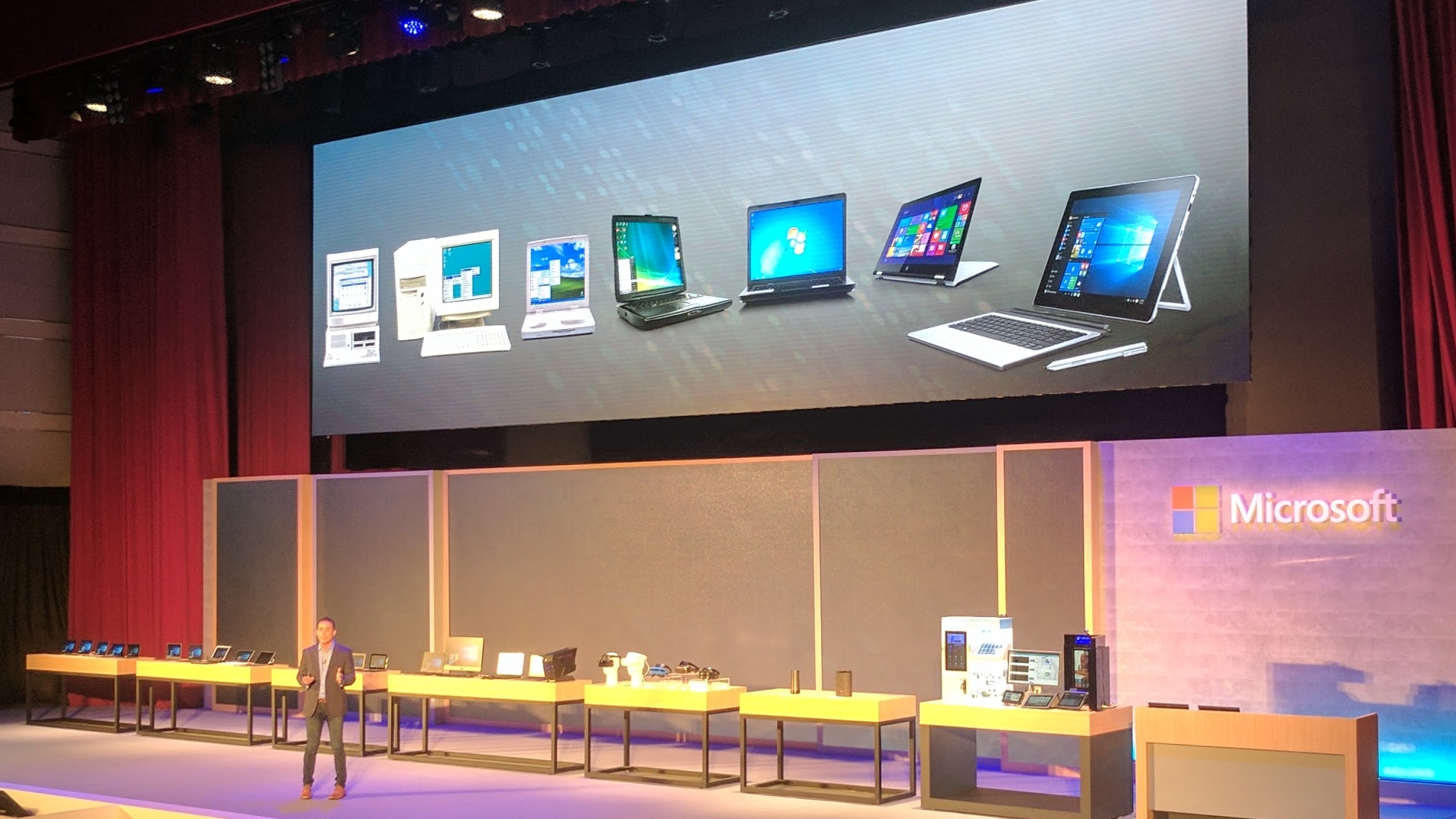
Faith no Moore
The prediction behind Moore's Law is that the number of transistors would double every 18 months, making processors and the computers running on them twice as powerful. This was accurate for a long time, which benefited both consumers and the manufacturers of devices.
For us consumers, it meant we were constantly getting ever more powerful machines that came with features that made our lives easier.
Meanwhile, device makers were enjoying a sort of built-in obsolescence – while their devices would continue to work, every couple of years they could release a faster, lighter and more desirable model to entice early adopters into dropping their current gadget for the newest one.
Get daily insight, inspiration and deals in your inbox
Sign up for breaking news, reviews, opinion, top tech deals, and more.
With that regular upgrade power now in doubt, many companies are looking at other ways to make us upgrade addicts part with our cash for the next fix.
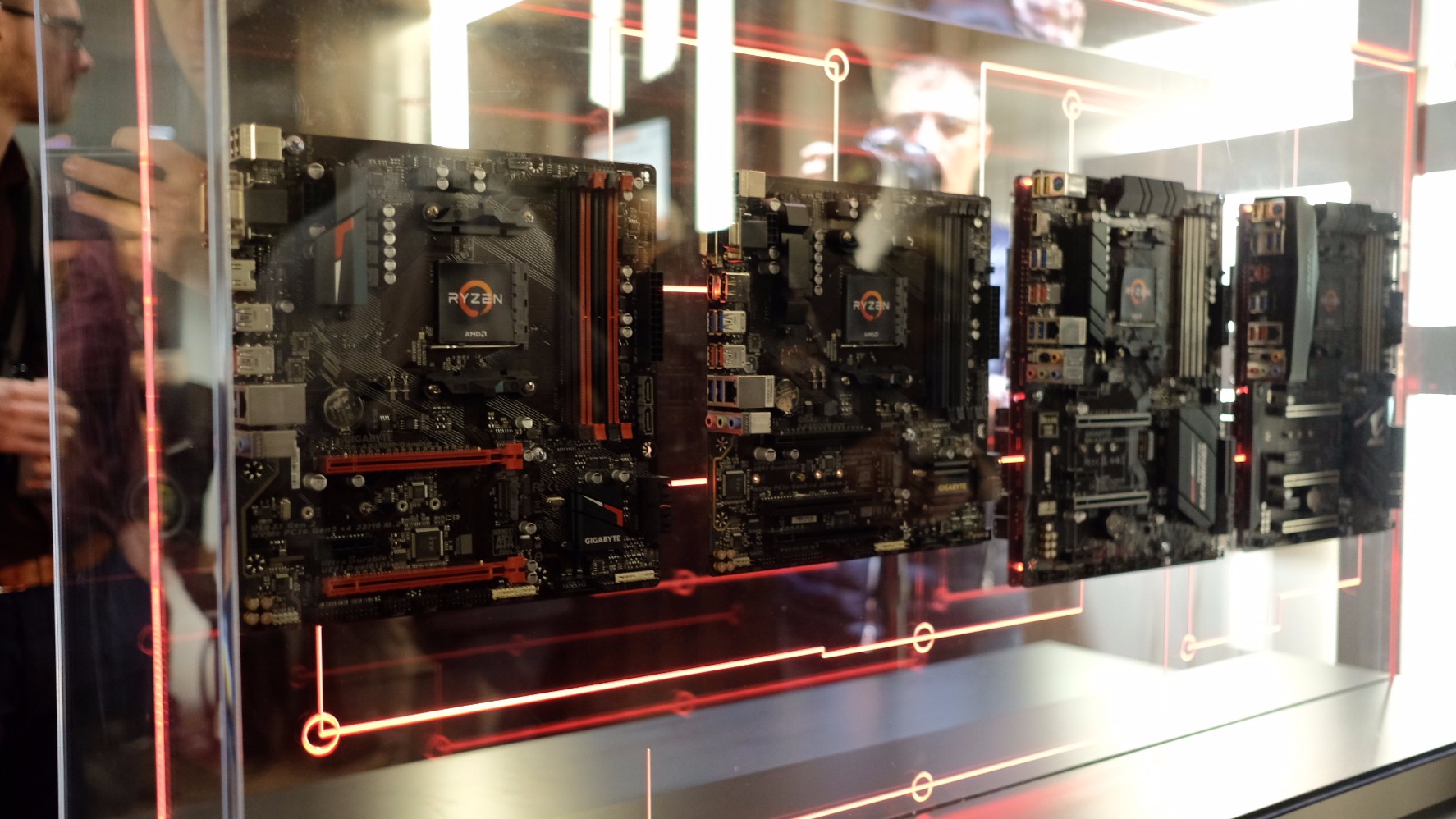
Some companies seem to be embracing this, such as Microsoft, which promises that devices running its locked-down Windows 10 S operating system will perform just as well on day 1,000 as it does on day one.
This is great news for consumers who don't want to feel like they need to regularly upgrade their laptop. However, it may not be too appealing to device makers.
Wanting Moore
Without the constant progress of Moore's Law, companies have shown off other ways they are improving their devices at Computex 2017. Many laptop makers are now working on making their notebooks slimmer and lighter, rather than ever more powerful.
This can be seen in the announcements made by the likes of Asus, with the ZenBook Flip S, the world's thinnest hybrid laptop, and Acer with its Predator Triton 700 ultra-thin gaming notebook.
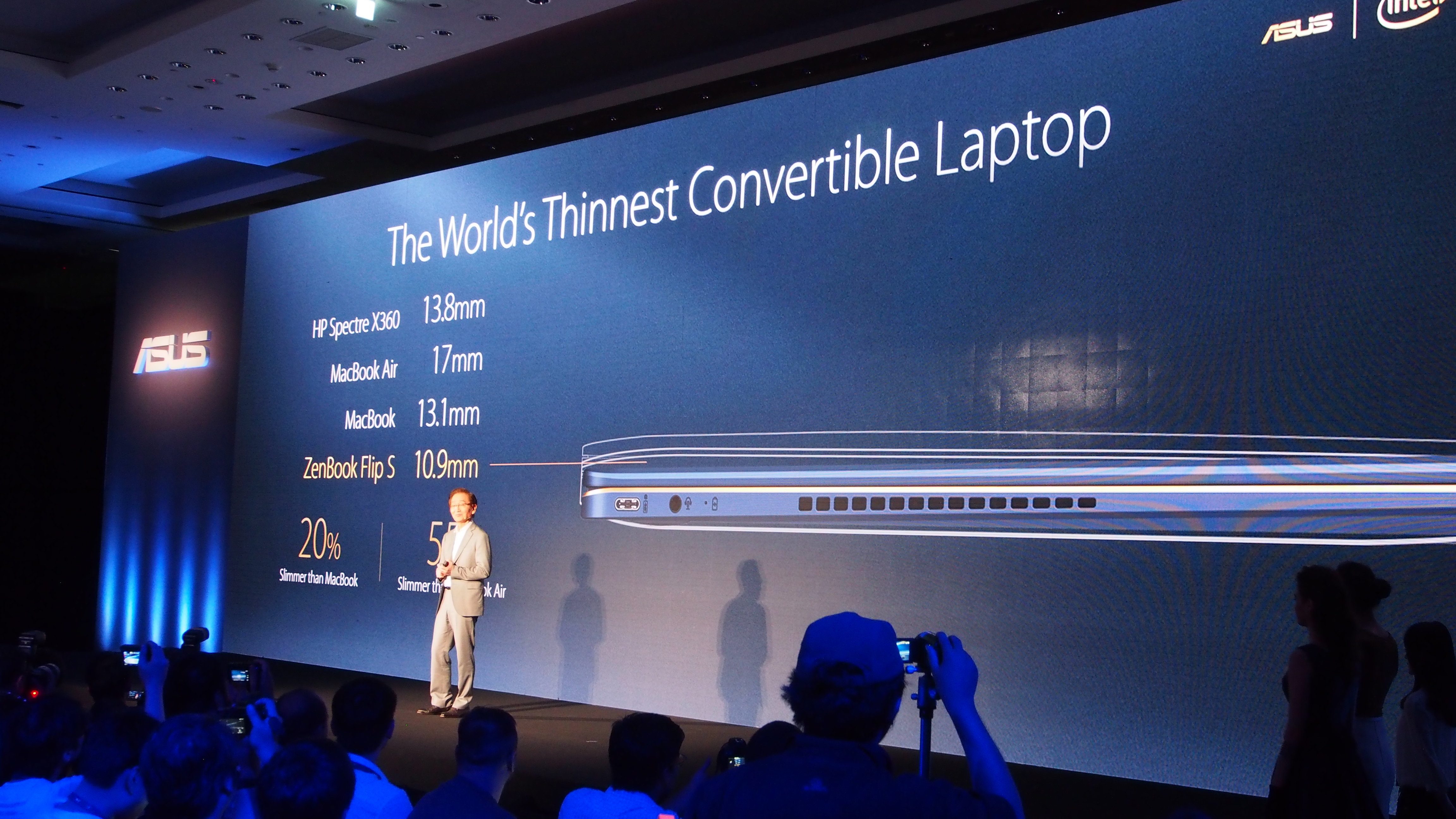
Meanwhile, Nvidia, the company that has killed off Moore's Law more times than George R.R Martin has killed off our favorite Game of Thrones characters, announced its Max-Q platform that allows PC manufacturers to make ever more slim gaming PCs.
Nvidia also looks set to combat the end of Moore's Law with its focus on Deep Learning – a revolution in artificial intelligence that takes inspiration from the way the human brain works.
This means not necessarily making machines more powerful – but making them smarter. In a world where it all too often feels like power trumps intelligence, this is a hugely exciting proposition.
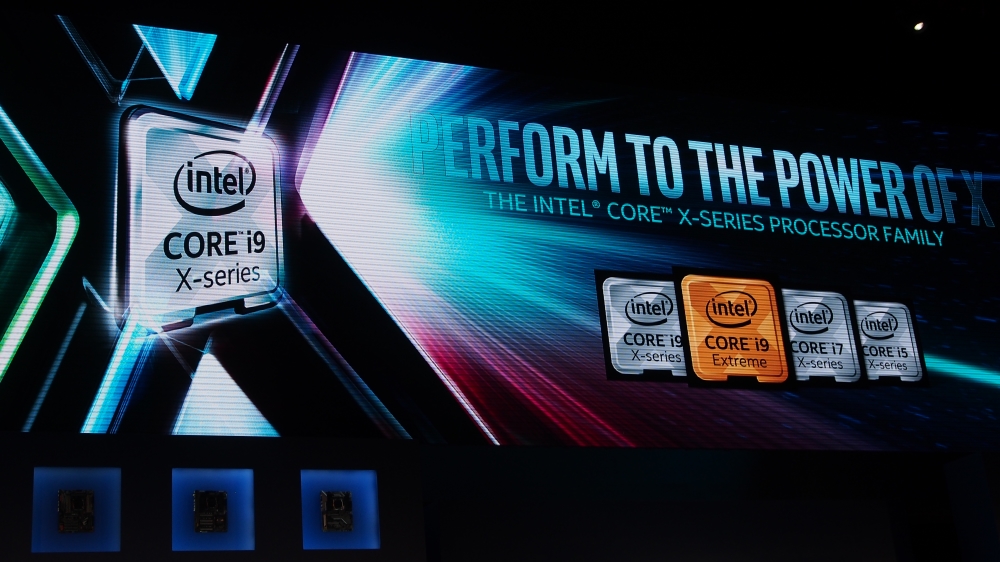
What now for CPUs?
Arguably the companies that dominate the processor market; Intel, AMD and Qualcomm, have the most to lose from the end of Moore's Law. However, each one showed off a compelling alternative for its post-Moore future.
For AMD and Intel, they are both relying ever more on parallel processing. So, if they can't keep making their processors increasingly powerful, they will instead cram more processing units (cores) onto the same chip.
That's why AMD unveiled its 16-core monster CPU Threadripper, while Intel refused to be outdone by announcing the new Core i9 range, which includes an 18-core CPU.
Meanwhile, Qualcomm wisely decided to sit out this core arms race, and instead brought its Snapdragon 835 smartphone System on Chip to mobile PCs running Windows 10.
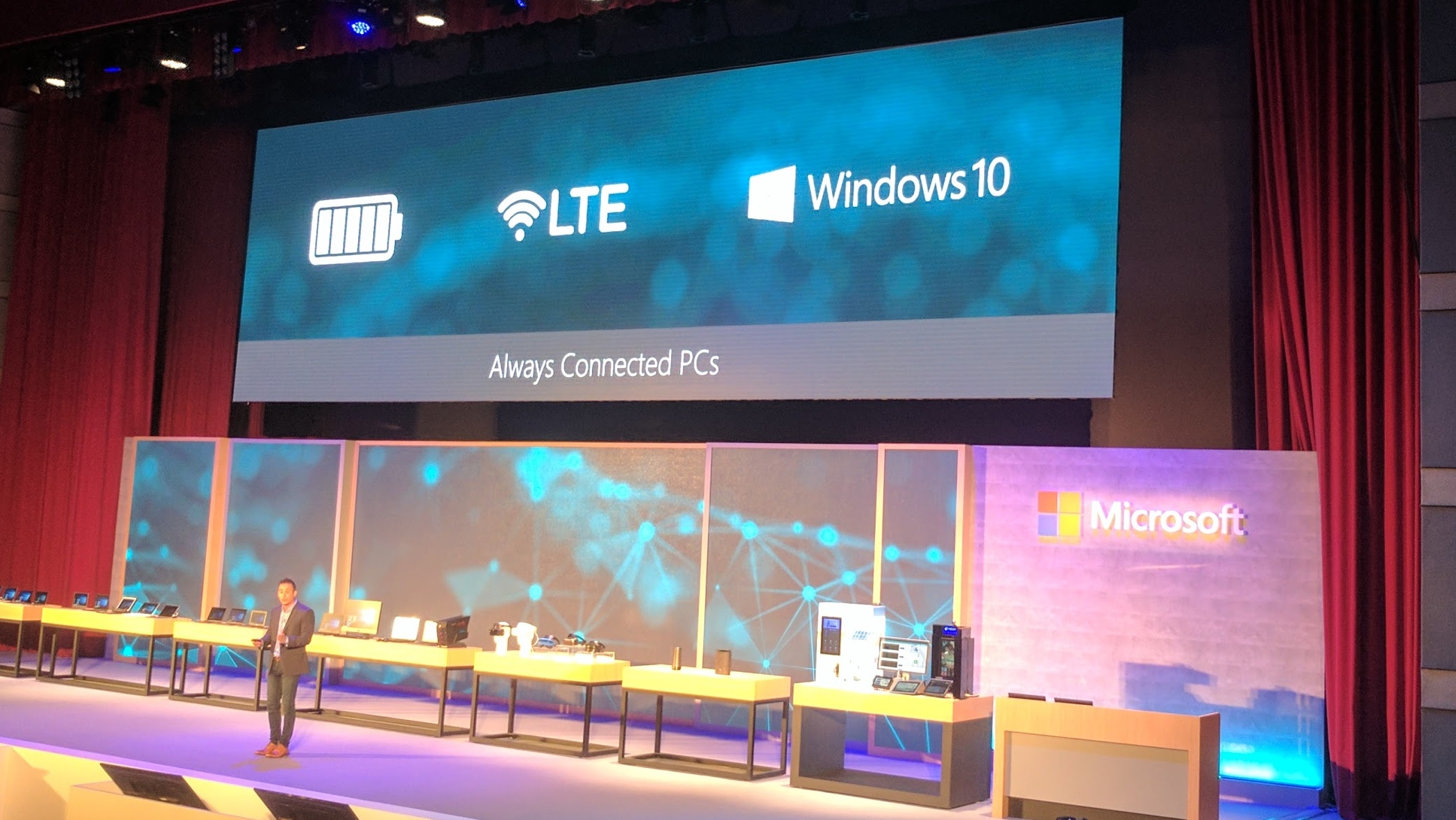
In a collaboration between Qualcomm, Microsoft and laptop manufacturers such as Asus, HP and Lenovo, we will soon see laptops that bring some of the best features of smartphones – such as instant wake times and always on mobile internet connectivity.
These devices will also be – you guessed it – incredibly slim and light.
Moore's Law might be dead, but Computex 2017 has shown that innovation won't be getting buried with it.
- Find out more about Qualcomm's plans in our exclusive interview

Matt is TechRadar's Managing Editor for Core Tech, looking after computing and mobile technology. Having written for a number of publications such as PC Plus, PC Format, T3 and Linux Format, there's no aspect of technology that Matt isn't passionate about, especially computing and PC gaming. He’s personally reviewed and used most of the laptops in our best laptops guide - and since joining TechRadar in 2014, he's reviewed over 250 laptops and computing accessories personally.